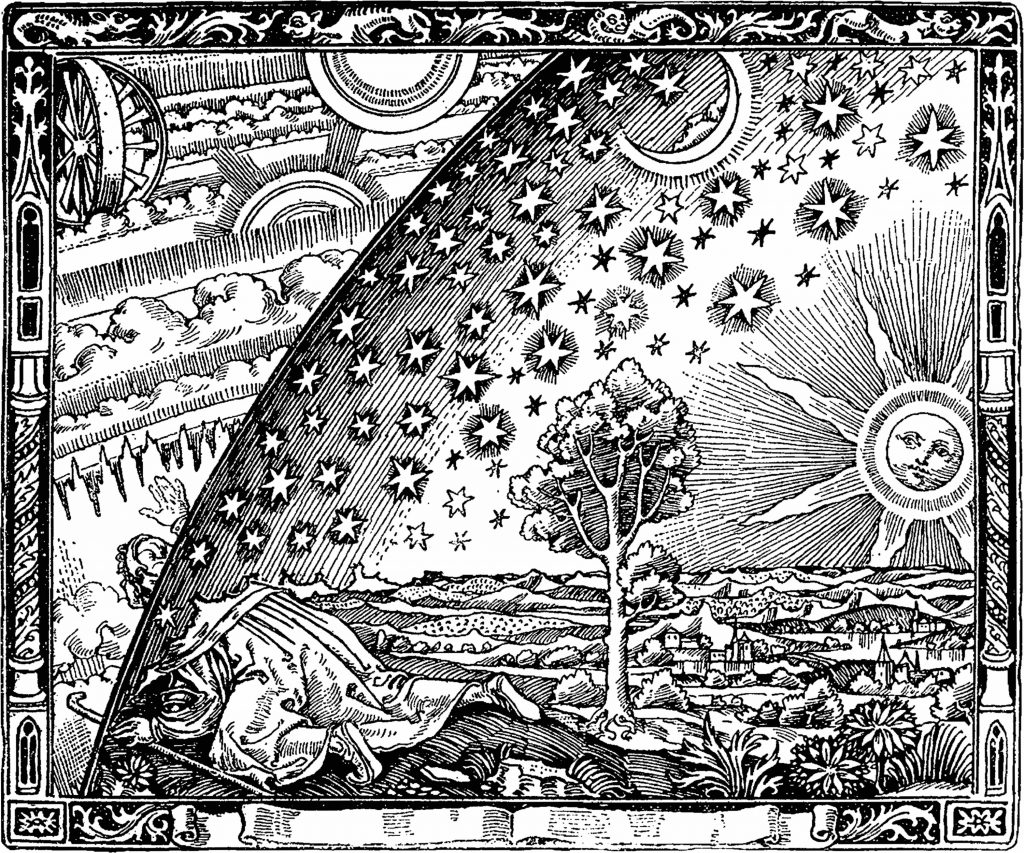Sacred marriage is more than a romantic or legal union—it is a spiritual partnership where two individuals come together with God at the center of their bond. This concept, explored deeply in spiritual traditions, psychology, and literature, speaks to the fusion of the physical and the divine.
Carl Jung, the renowned psychologist, saw marriage as an alchemical process, blending instinct and spirituality. He believed that true union required more than attraction; it necessitated a transformation that aligned the human experience with a deeper, sacred connection. His exploration of dreams and visions played a crucial role in reshaping the concept of marriage and religion.
Valentine’s Day, Love, and the Sacred Marriage
Valentine’s Day is widely celebrated as a day of love, even though research suggests that many women consider it a cliché. Despite this, there is an undeniable desire for romantic gestures—whether it be a thoughtful dinner, a heartfelt letter, or a surprise bouquet of flowers. Traditionally, Valentine’s Day was a celebration of poetic expressions of love. Charles, Duke of Orleans, famously wrote love poems to his wife while imprisoned. Today, however, it has become highly commercialized. Still, the essence of the holiday remains meaningful: celebrating love and connection.
Love requires vulnerability, as Brené Brown (Click to read more) has explored in her work on authenticity. Declaring love can be daunting, especially when there is uncertainty about reciprocation. Yet, true intimacy is often fostered through the act of sharing one’s innermost thoughts and emotions. Dreams, too, play a role in love. Many have experienced dreams of love, longing, and even prophetic visions of future partners. Stories abound of people who dreamed about a significant other before meeting them in waking life. Read more about those dreams and my own dream before I met my significant other in Valentine.
Jung’s Dreams and the Sacred Marriage
One of Jung’s lifelong quests was to redefine religion, particularly after his disappointment with both his father, a preacher who viewed religion as a set of rigid rules, and his mentor Freud, who dismissed the spiritual dimension of psychology. It was only through his dreams—after his father’s death—that Jung received the spiritual guidance he longed for.
In The Red Book*, Jung describes the necessity of embracing the “spirit of the depths,” which he contrasts with the “spirit of the times.” He warns against both spiritual blindness and delusional mysticism, emphasizing the need to integrate deep spiritual insight with everyday consciousness.
His dreams about his father reflect this sacred transformation. In one dream, Jung discovers a hidden wing in his house containing a laboratory filled with bottles of fish—symbols of Christ—and a room prepared by his mother for “ghostly married couples.” This imagery reflects the archetypal coniunctio, the sacred marriage of the masculine and feminine, which remained unresolved in his unconscious but awaited realization in the future. This dream led Jung to explore Christian symbolism in Aion* (Jung, 1951/1989) and the sacred marriage in Mysterium Coniunctionis.
In another dream, Jung’s deceased father appears as a Biblical scholar, guiding him through sacred texts and ultimately leading him to a hidden chamber of divine presence. His father kneels in reverence before this higher power, and though Jung attempts to follow, he finds that he cannot quite touch his forehead to the floor—symbolizing his ongoing struggle to fully embrace the divine mystery.
Sacred Marriage as a Path to God
Jung’s dreams suggest that sacred marriage is not just about human relationships; it is also about the union of the self with the divine. It reflects the psychological and spiritual integration of opposites—masculine and feminine, conscious and unconscious, personal and transcendent.
This idea is further explored in Gary Thomas’ book Sacred Marriage: What If God Designed Marriage to Make Us Holy More Than to Make Us Happy?* (Thomas, 2015), where he describes how marriage can be a doorway to a deeper relationship with God. Rather than seeing marriage as merely a source of happiness, Thomas encourages couples to view it as a spiritual discipline, refining both partners and drawing them closer to the divine. After twenty-two years of marriage, I can say that my relationship has been a mirror for my own growth. My husband reflects back to me not just love, but also the deeper truths of my own nature—sometimes challenging, sometimes affirming, but always in a space of trust and safety. Through this dynamic, I have come to understand my own shadow, recognize my patterns, and cultivate greater self-awareness.
If you’re interested in exploring how dreams can guide your spiritual journey and help define your personal connection to the divine, you can read more in my blog, God in Dreams: 4 Steps to Defining Your God Image Through Dreams. Dreams, as Jung discovered, can offer profound insights into the sacred marriage—not only between two people but between the human soul and the divine mystery itself.
Literature
Jung, C. G. (1989). Aion: Researches into the phenomenology of the self (R. F. C. Hull, Trans.). Princeton University Press. (Original work published 1951)
Jung, C. G. (2009). The Red Book: Liber Novus (S. Shamdasani, Ed., M. Kyburz, J. Peck, & S. Shamdasani, Trans.). Philemon Series, W.W. Norton & Company.
Thomas, G. (2015). Sacred marriage: What if God designed marriage to make us holy more than to make us happy? Zondervan.
*Affiliate lin
Our Current Courses (Click to find out More)
Sign up for our free e-book: 10 easy ways to instantly improve your dream memory


